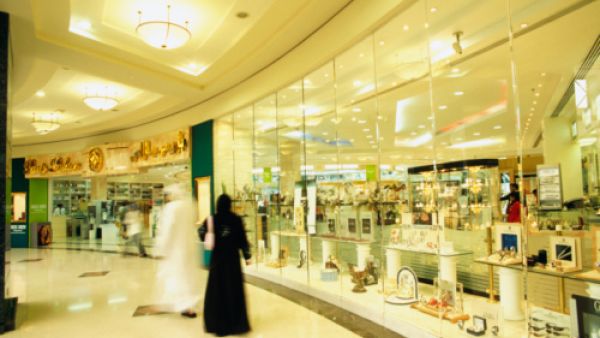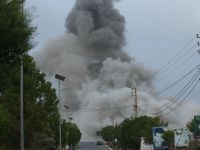Grand malls, vibrant shopping festivals, bargain shopping fairs, international supermarkets and traditional souks. These consumer playgrounds are synonymous with the capitals of the GCC, culturally and economically, and have produced a retail sector that's growing faster than any other market in the MENA region.
It is expected that the Middle East retail industry will reach $682 billion by 2013, growing at a compound annual rate of around 13 percent during 2009- 2013, according to a report by research firm rncos. The total current value of the retail sector in the Middle east is around $425 billion.
According to the report, the GCC is witnessing many positive trends in consumer demand, a continuing growth in tourism, regional coordination and market access. the factors strengthening the region's retail industry include changing market dynamics, rapid economic development, higher crude oil prices, and strong consumer confidence.
"There are initiatives that have helped the industry. helping, supporting and developing the real estate infrastructure are all initiatives by the government - their proactive investments - which have helped develop the sector," says Mohammed al Fahim, chief executive of luxury department store chain, the Paris Gallery, which has over 80 stores in the region.
The report by rncos identified KSA and the UAE as the regional retail markets with most potential and dynamism, as they have sustained their dominance in the retail landscape for over a decade and will continue to do so in coming years.
"We will see retail becoming more organised in coming years and also expect it to grow by 15-18 percent. We can definitely see a standardisation of market as well," says Manu Jeswani, the CEO of Shoe Mart (Landmark Group), which has 110 stores across the GCC.
"The great infrastructure put in place in many GCC countries is a major force driving the retail boom, because investment in service areas, airports, entertainment, hotels, restaurants, communications and transport helped tourism to grow in the region," Jeswani added.
"In the past, even if tourists wanted to come they couldn't because of a lack of facilities," he explains. "Extreme weather and a vibrant consumer culture based on populations with high disposable incomes drive retail and push more brands to invest in the region."
While economies such as Kuwait's slumped during the economic downturn, others, such as Qatar, thrived due to high demand for its gas.
David Catania, chief executive of PTL, says he has noticed four specific trends in the GCC retail sector over the past six months: business intelligence - which comes from a desire to be more scientific in terms of the way retailers analyse their information; vertical growth - the retail sector is being organised; GCC expansion - even companies that aren't big are looking to have an operation in KSA, Kuwait or Qatar as part of their strategy; government support for SMEs - a healthy vision and regulatory framework by GCC governments, particularly the UAE, is leading them to stimulate SME growth.
"There's a growth mindset across the industry," he says. "It's good for other GCC countries to emulate what the UAE is doing."








